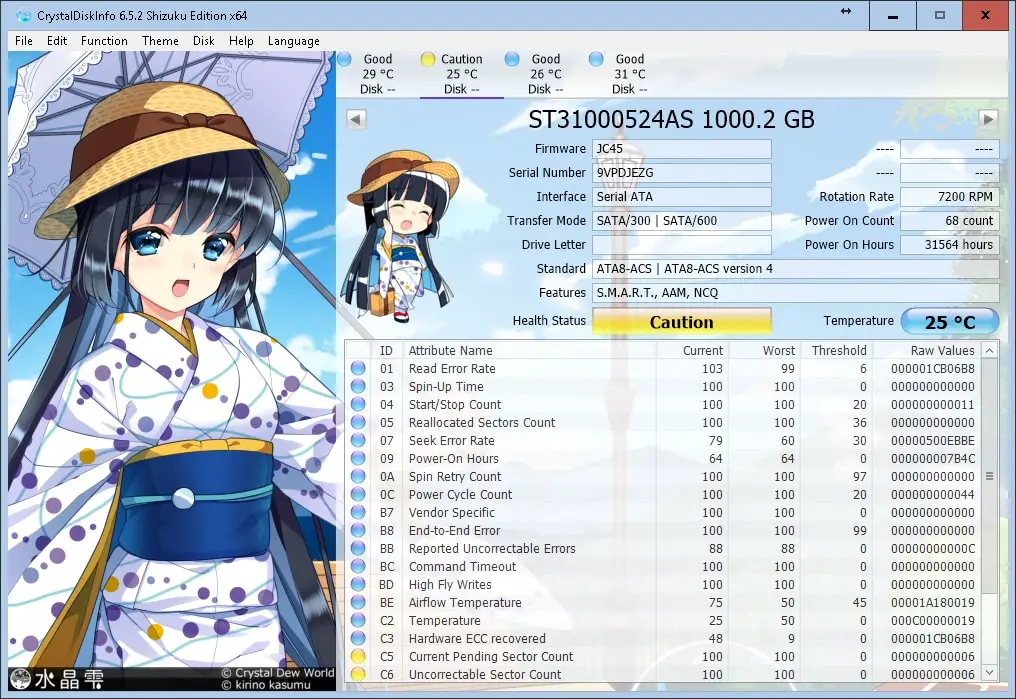

While reading the data from such cells does not affect them, they decay with each delete and write. SSDs use flash memory cells to store information. Why Is TBW Importantīecause SSDs have a limited lifespan, the TBW value is critical.

The guarantee covers transferring that much data over whatever many years it lasts before deterioration occurs, whether you do it in a particularly busy time over a few weeks or regularly over the years. Therefore, TBW numbers on drives may vary from as little as 30TB in some to hundreds of terabytes in others. TBW is distributed throughout the lifetime guarantee of the drive, which is commonly specified in multiple single-digit years, frequently 3 or 5. This is because most SSDs have a capacity of 75 to 150 TBW.Īt that time, it is recommended that you replace the drive since the data on it is no longer as secure as it previously was. TBW meaning Terabytes written is a statistic (usually in terabytes) supplied to storage devices that tells you how many terabytes you may write to the drive during its warranty term before the memory cells inside it begin to deteriorate increasing the potential of data loss and drive failure.įor instance, if an SSD has 350 TBW, you may transfer 350TB to it before it needs to be replaced.

This article will discover everything you should know about SSD TBW. However, you're at the right spot if you don't know what SSD TBW is and how you can check it.

It would help if you also verified the TBW of the SSD before purchasing it. Manufacturers grade their drives based on three main characteristics known as TBW, drive writes per day, and drive capacity (DWPD). They are, however, somewhat costlier for the storage capacity they supply, which is why some customers are hesitant to buy this expensive gear. They are as silent as a mouse, far quicker than HDDs, and less prone to failure. PAGE CONTENT: What Is SSD TBW Why Is TBW Important How to Check TBW on SSD How Many Gigabytes a Day Is Typical for A Hard Drive to Write Introduction


 0 kommentar(er)
0 kommentar(er)
